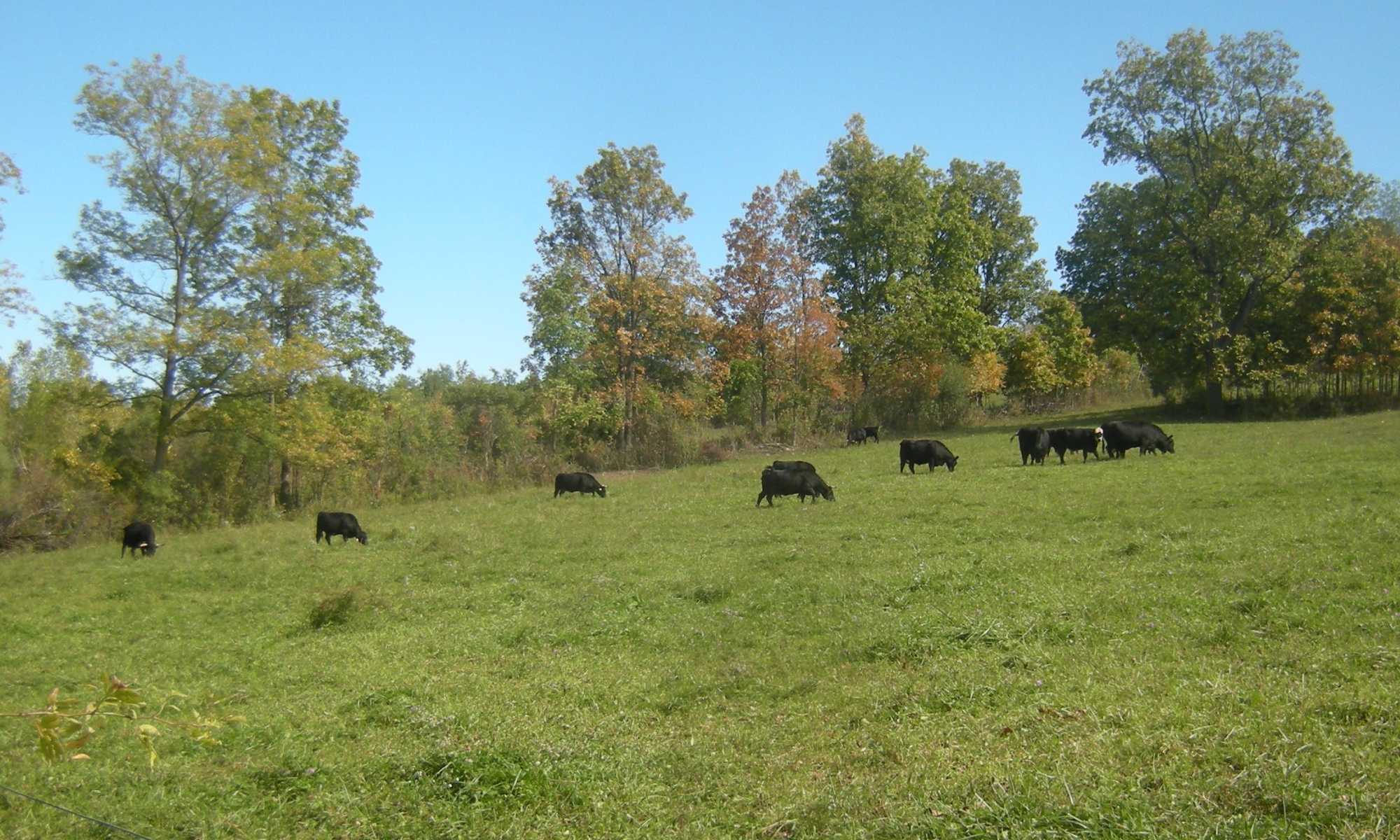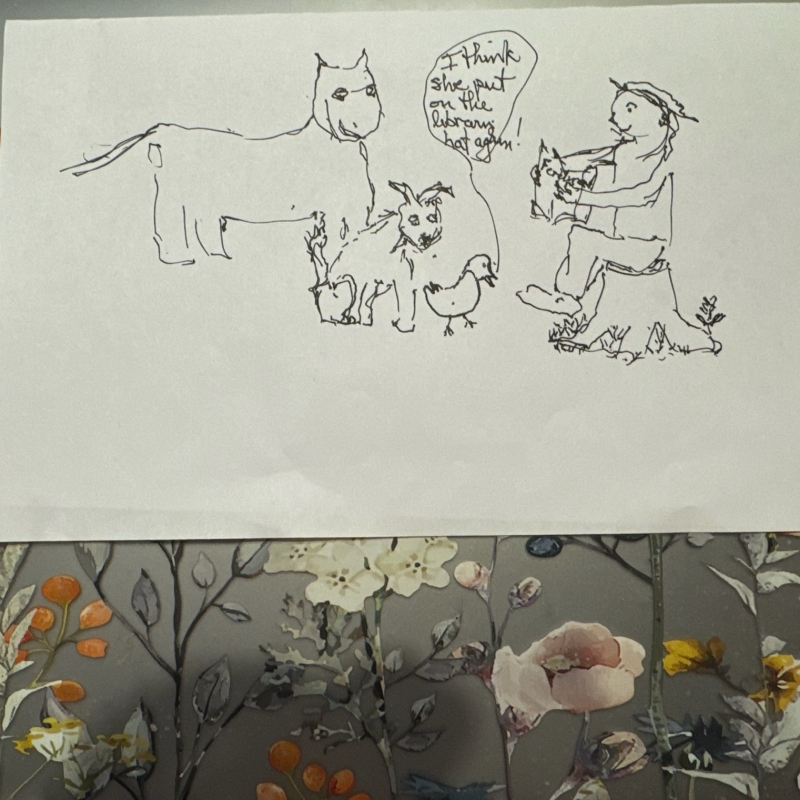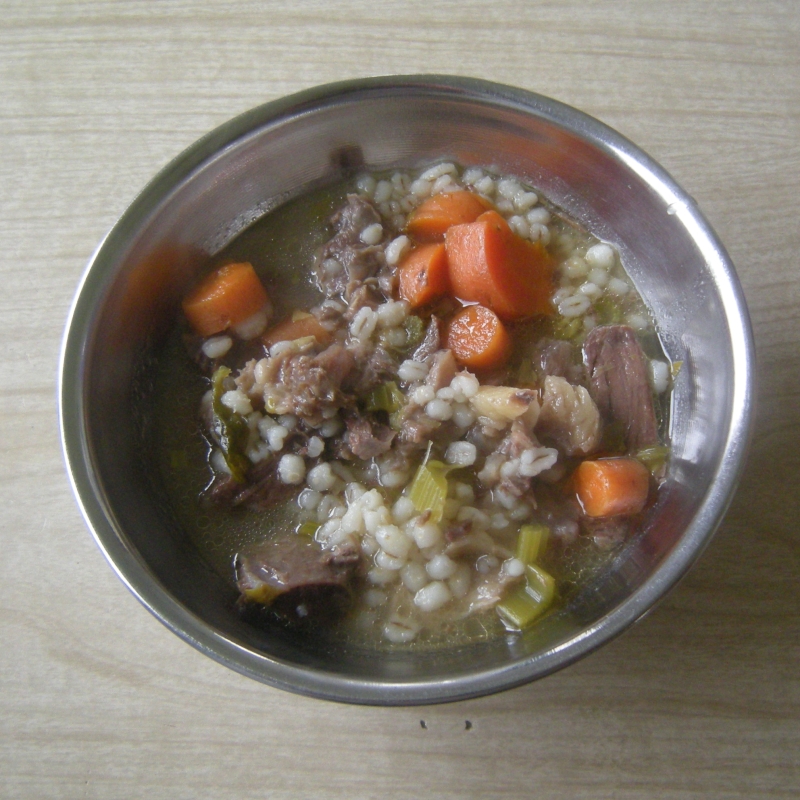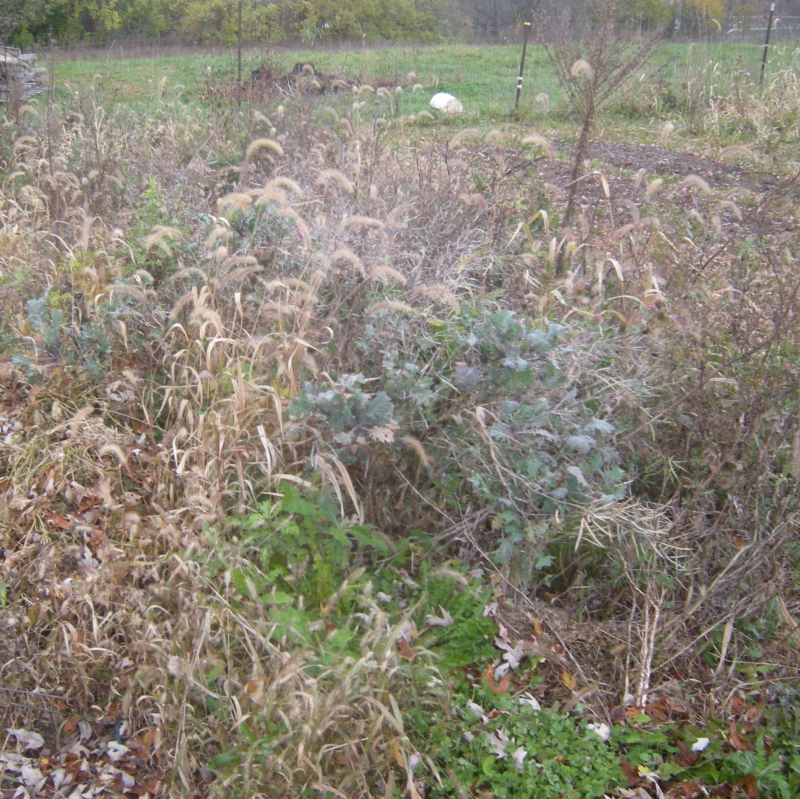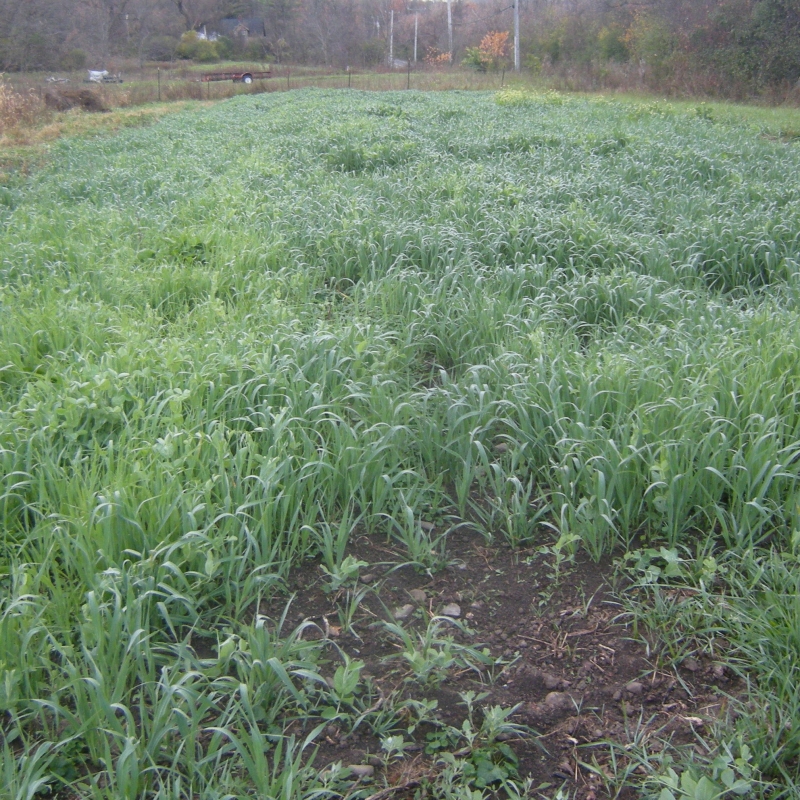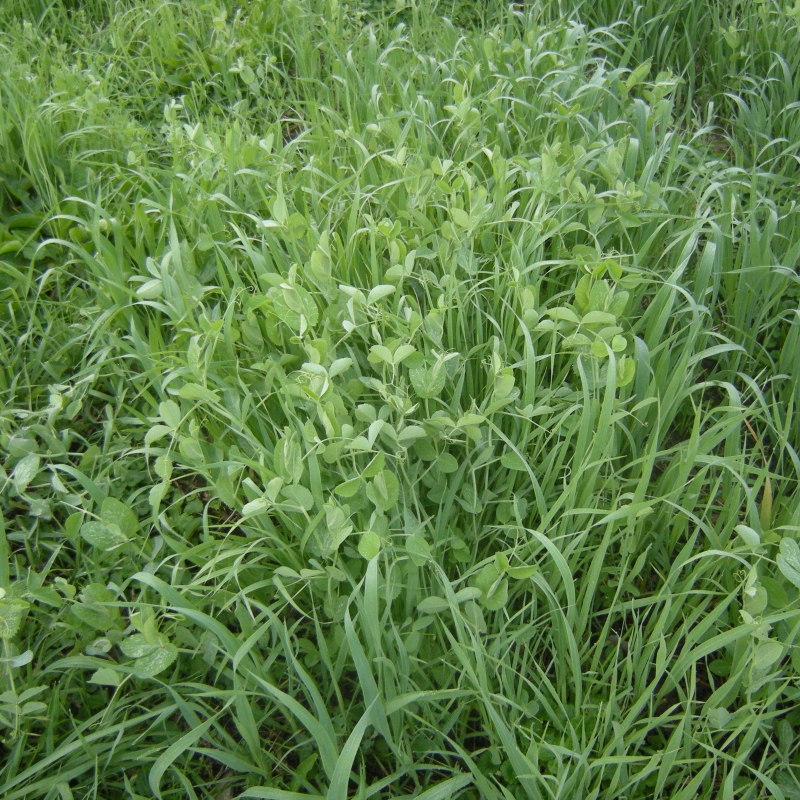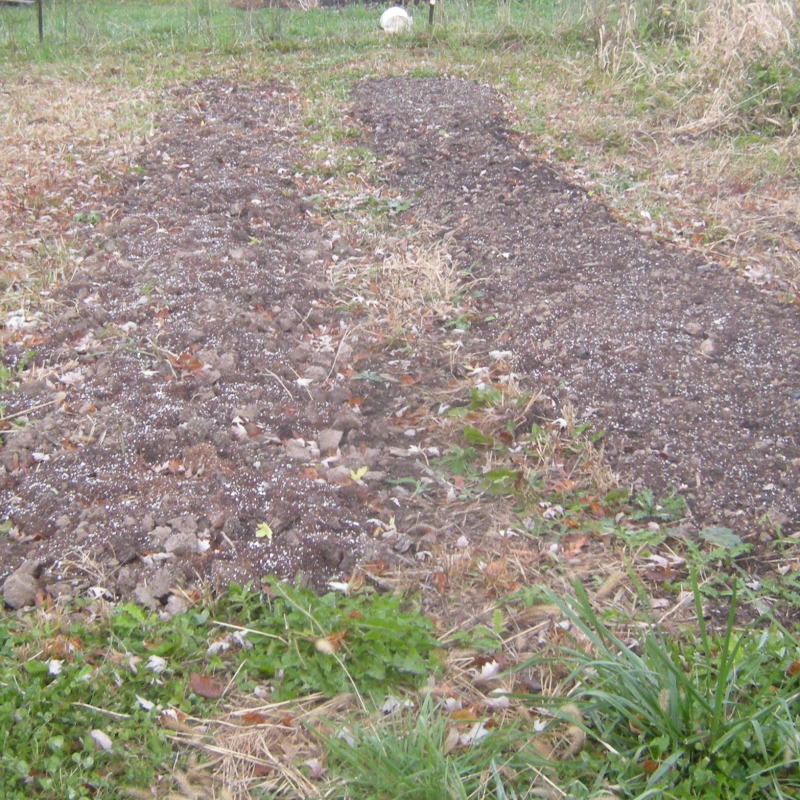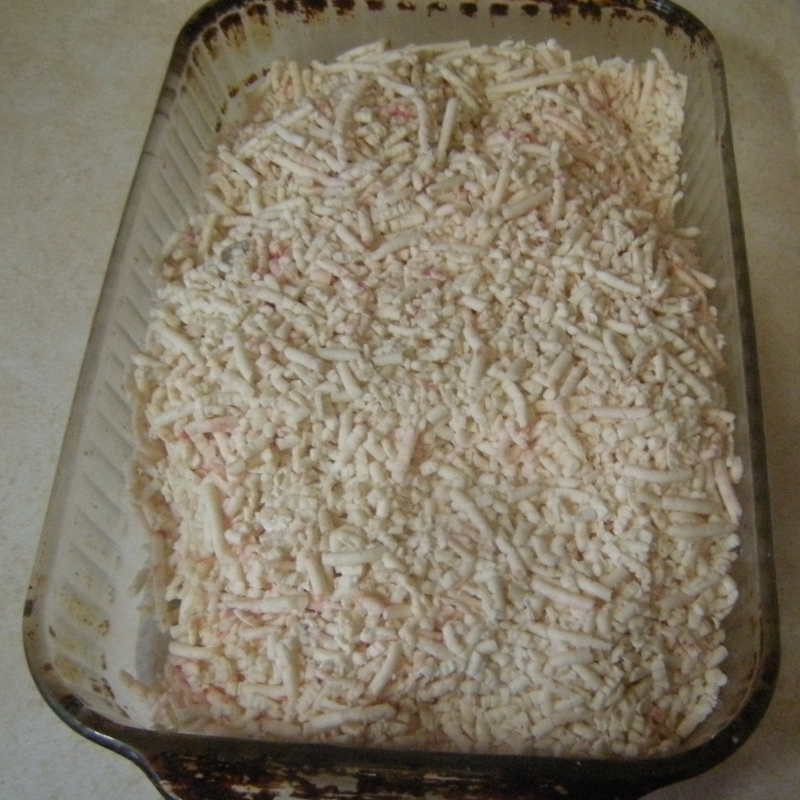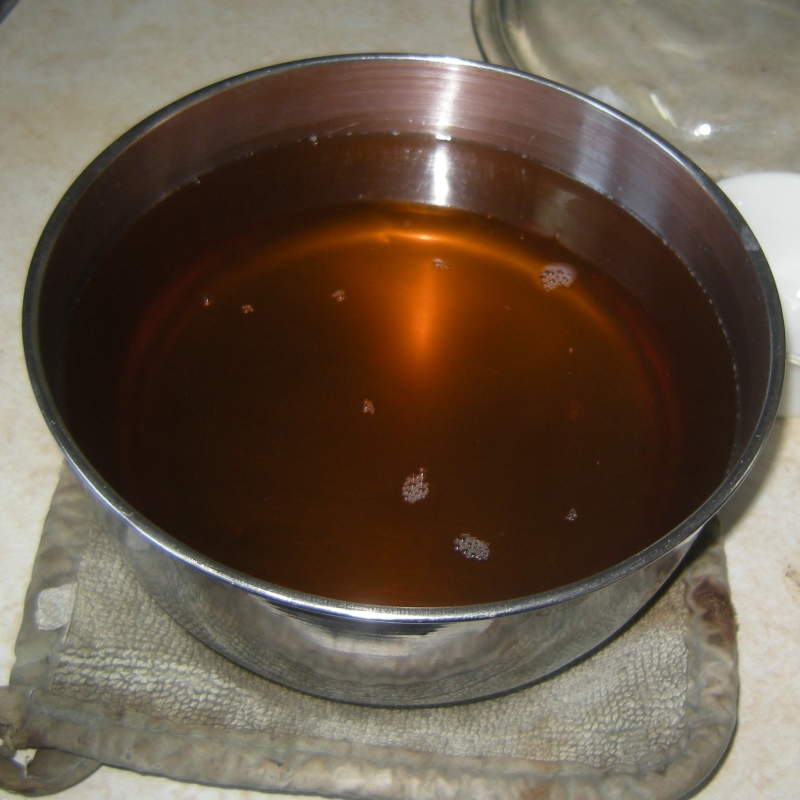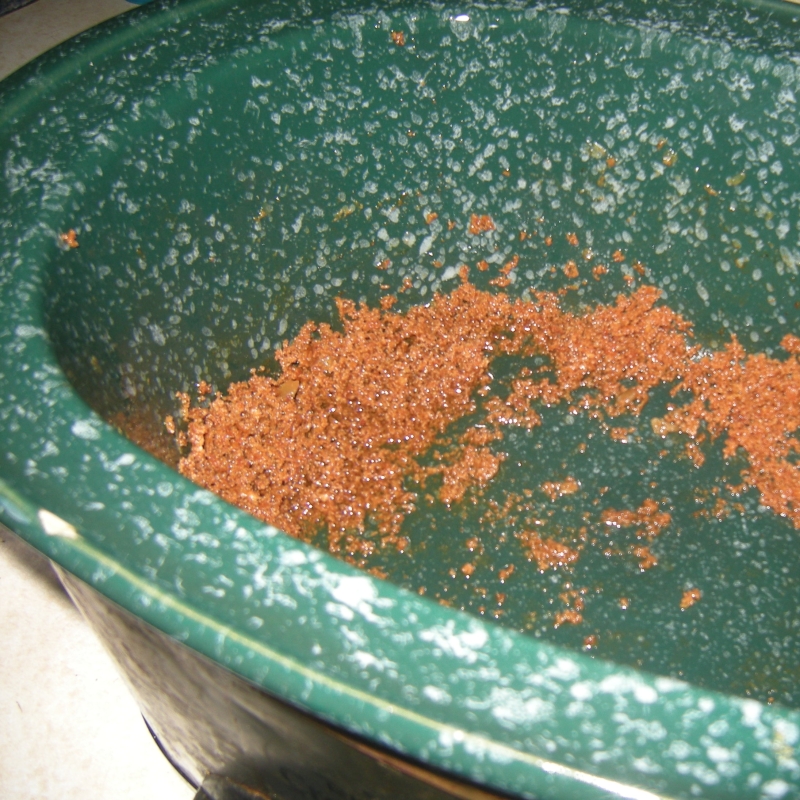We have turkeys again this year. Here are some recommendations for how to cook them. Just remember that pasture-raised turkeys tend to cook faster. So don’t over cook them.
Shannon Hayes of Sap Bush Farm has raised pastured turkeys well. She recommends – “Roast these birds at 325 degrees for 8 minutes per pound unstuffed, 12 minutes per pound if stuffed. Yes! They cook a lot faster than conventional birds!” She offers phone support throughout November for how to cook them. Here is her page of recommendations – https://www.sapbushfarmstore.com/s/stories/pastured-turkey-cooking-tips
Heather, from Mommypotamus.com, likes to use a brine for her turkeys. Her recipe is here. She soaks the turkey in a salt water solution for 12-24 hours and then roasts it. One of my customers used this method one year and said that her family thought that it was the best turkey dinner they had ever had.
I like to cook turkey in a bag breast side down. I follow the directions and times on the box the bag came in. I think that this gives a very moist meat.
Any of these 3 methods should work. Just don’t cook it to death, and you will be fine. And don’t forget the carcass soup for a day or two after Thanksgiving. My children really like this soup and ask for it year round!
Happy turkey cooking!
